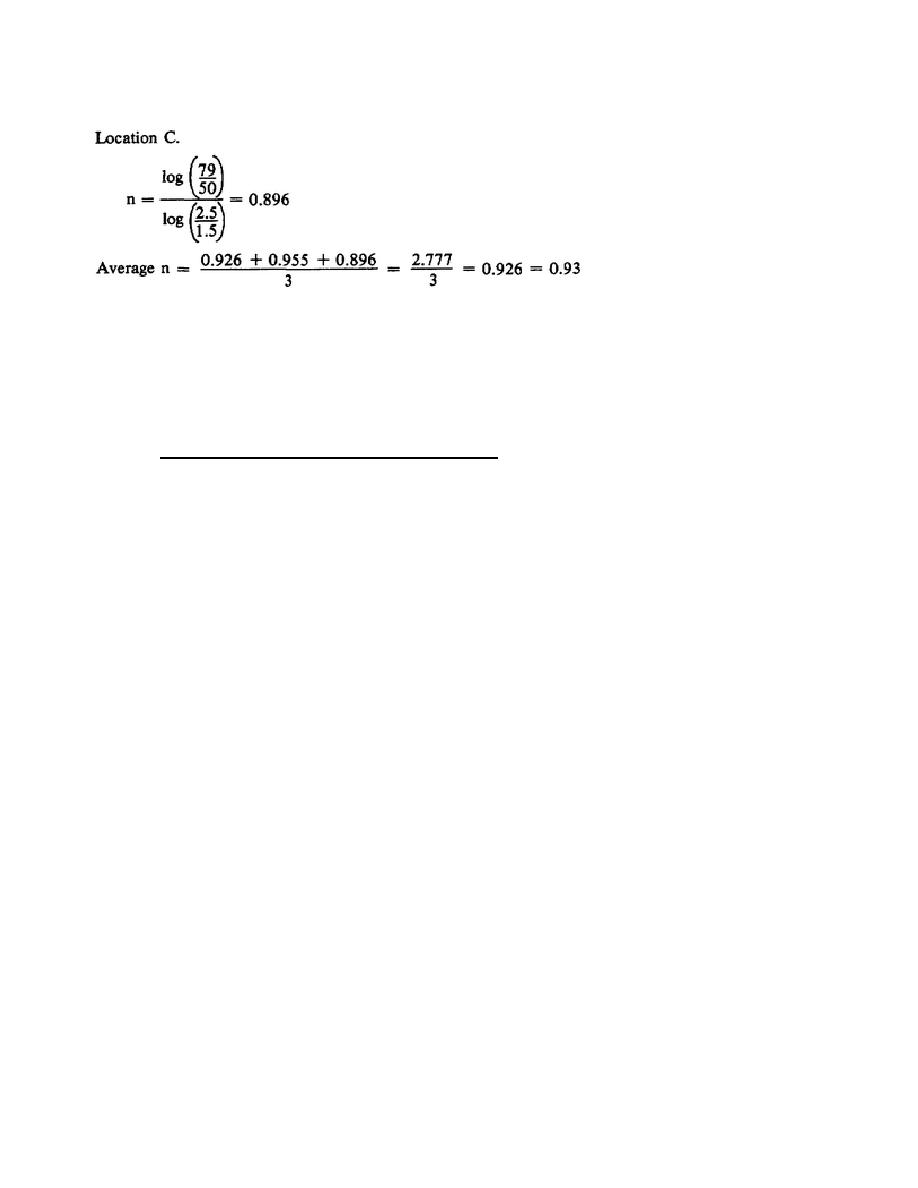
Lesson 2/Learning Event 1
Normalizing Factor
The conversion of any unshielded ground dose rate to H + 1 is done by using a normalizing factor (NF).
A normalizing factor is the ratio of the ground dose rate at a reference time (H + 1 or H + 48) to the
ground dose rate at any other known time after the completion of fallout, or
NF =
ground dose rate at a reference time (R1).
ground dose rat a any other known time (R2)
When the decay exponent is known, normalizing factors may be taken from tables of values (figure 11
on page 42 and figure 12 on page 43). The tables contain normalizing factors for selected times after a
nuclear burst and for various decay exponents.
The following is an example problem using a table of values.
SITUATION: The collection effort has been initiated and H-hour has been determined to be 0800
hours. It is now 1130 hours and an unshielded ground dose rate of 150 cGy(rad)/hr has been received
from Company A. What is the unshielded ground dose rate at H + 1 if the decay exponent is 1.2?
SOLUTION: The time which has elapsed since H-hour is 3 hours, 30 minutes. From the table of values
(figure 11), find 3 hours, 30 minutes under Time After Burst; and 1.2 under Decay Exponent. The value
at which the Time After Burst Column and Decay Exponent Row intersect is 4.49. This value is the
normalizing factor. Now, multiply the dose rate at 1130 by the normalizing factor to obtain the dose rate
at H + 1.
RH + 1 = R(H + 3.5) X 4.49
RHH = 150 cGy(rad)/hr X 4.49 = 673.5 cGy(rad)/hr
Overall Correction Factor
When a shielded dose-rate reading is reported, it must be converted to an unshielded ground dose-rate
reading. This is done by using a correlation factor as discussed previously. Next, this unshielded
ground dose-rate reading must
41



 Previous Page
Previous Page
